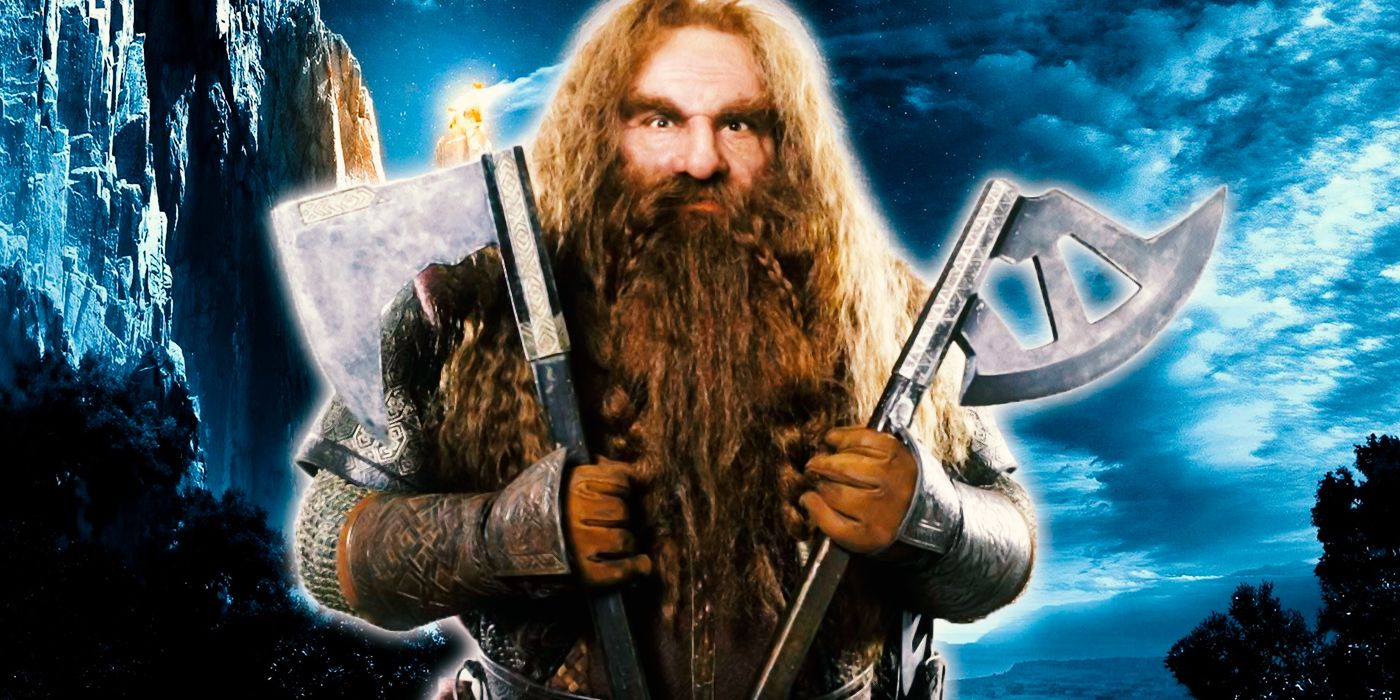
Yet The Lord of the Rings‘ most famous Dwarf hailed from none of these places. Gimli was born in the Blue Mountains, far away from any other Dwarven civilizations or important landmarks. Despite their significance to a member of the Fellowship, Jackson never showed or even mentioned the Blue Mountains in his films, and J. R. R. Tolkien did not give them much focus in the novel version of The Lord of the Rings either. But knowing the history of the Blue Mountains lends greater insight into a fan-favorite character from Tolkien’s legendarium and Dwarven culture as a whole, including some surprising connections to the non-Dwarven inhabitants of Middle-earth.
The War of Wrath Reshaped the Blue Mountains
Named Peaks in the Blue Mountains
Location
Rerir
Northwestern end of the Blue Mountains
Dolmed
Midpoint of the northern half of the Blue Mountains
The Blue Mountains, or Ered Luin in the Elvish language of Sindarin, were a mountain range that ran along the western coast of Middle-earth. On The Lord of the Rings‘ map, the Blue Mountains appeared to be two ranges separated by the Gulf of Lhûn and its estuary. In the First Age of Middle-earth, the Blue Mountains formed a single, continuous line across the edge of the continent. This changed during the War of Wrath, the conflict that defeated the Dark Lord Morgoth and ushered in the Second Age. The War of Wrath was so devastating that it literally reshaped Middle-earth. The northern half of the Blue Mountains sank entirely into the ocean, and the southern half split apart, allowing water from the Great Sea to flow into the mainland.
The Blue Mountains were always associated with Dwarves, though the specifics changed over time. Two of the Fathers of the Dwarves — the first seven Dwarves, who were created by the divine spirit Aulë — awoke in the Blue Mountains early in Middle-earth’s history. They founded the Broadbeam and Firebeard clans, and they built the underground cities of Nogrod and Belegost. The Dwarves of these cities were important allies and trade partners of the Elves, though Nogrod briefly went to war with the Elves over a necklace. The War of Wrath destroyed both Nogrod and Belegost. Some of the Broadbeam and Firebeard Dwarves continued to live in smaller settlements in the Blue Mountains, but most moved east to Moria, integrating into the society of the Longbeard clan. The Longbeards, also known as Durin’s Folk, included the most well-known Dwarves from Tolkien’s legendarium, including Durin IV, Thorin Oakenshield, and Gimli himself.
The Blue Mountains Were a Refuge for the Dwarves
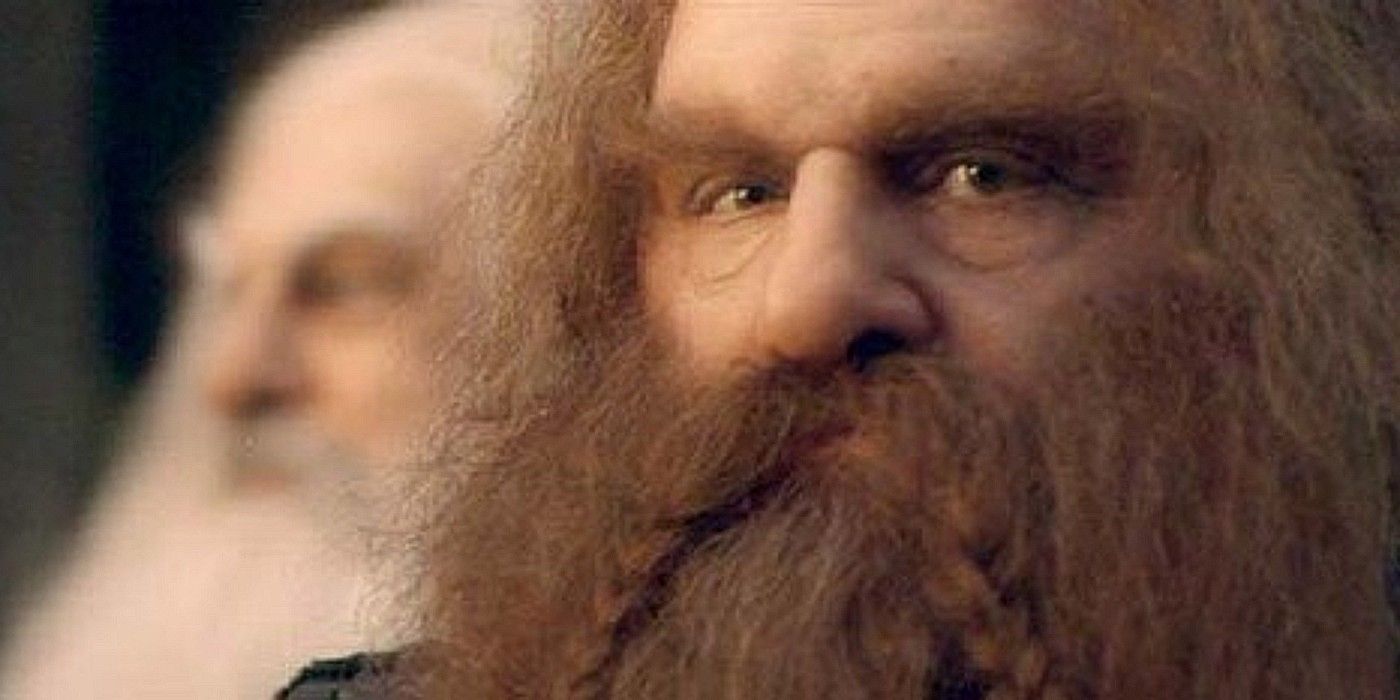
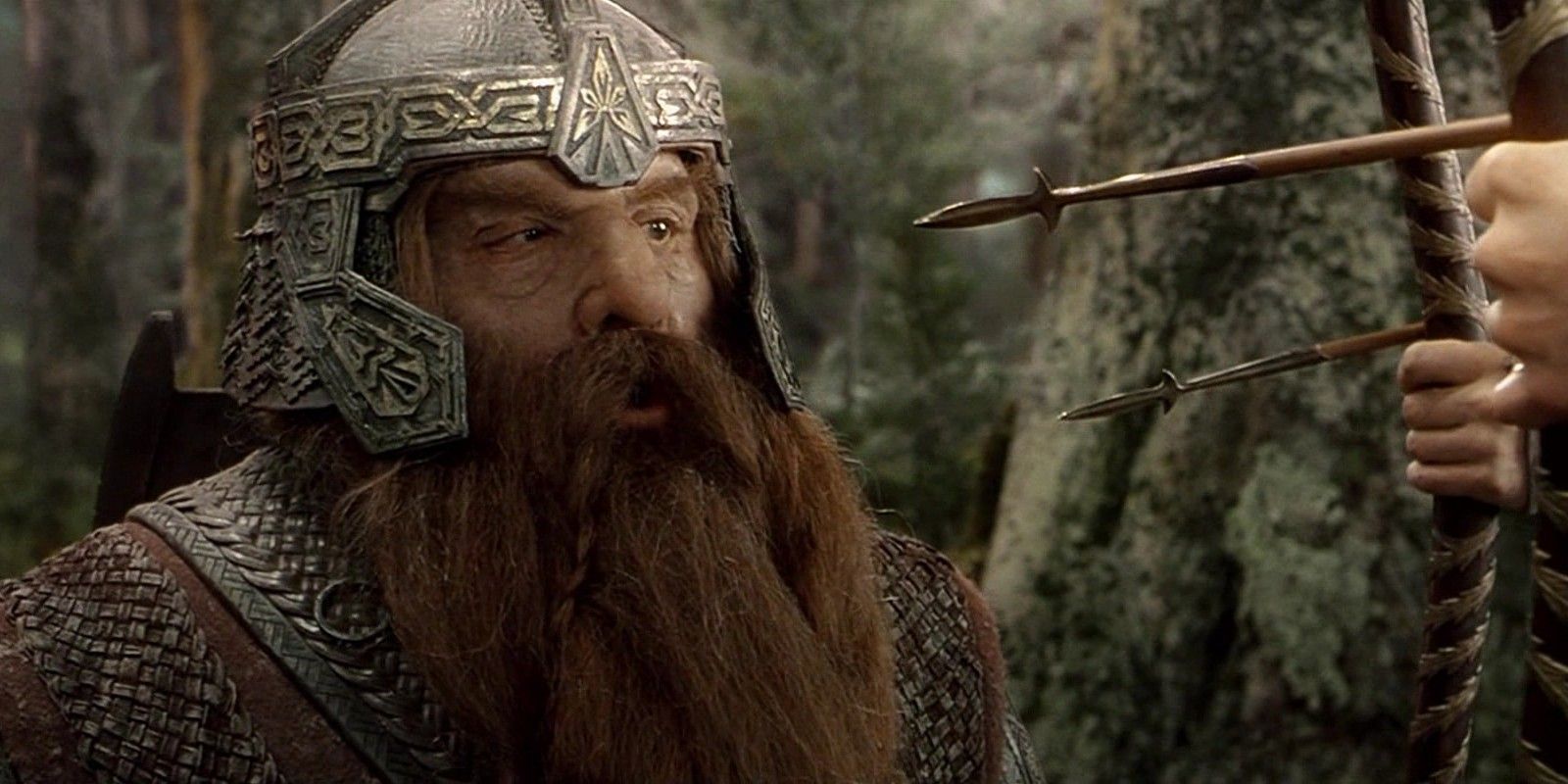
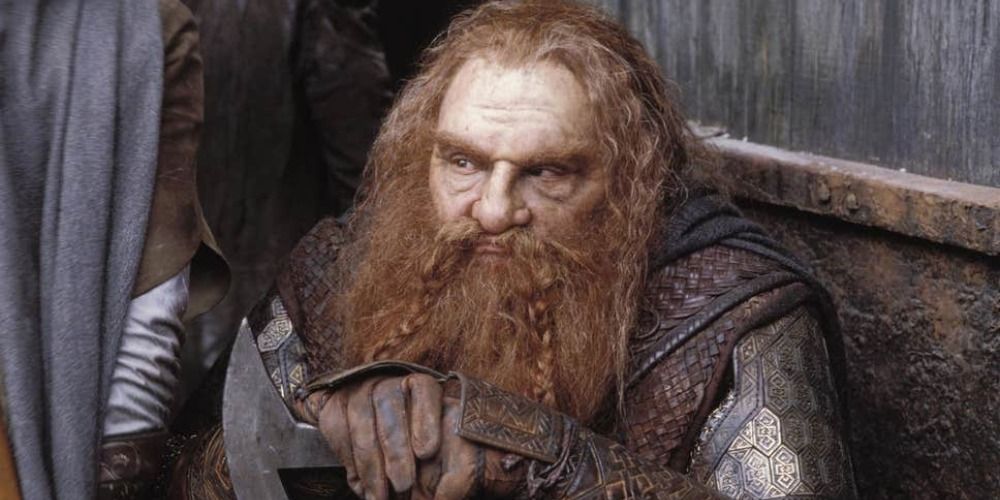

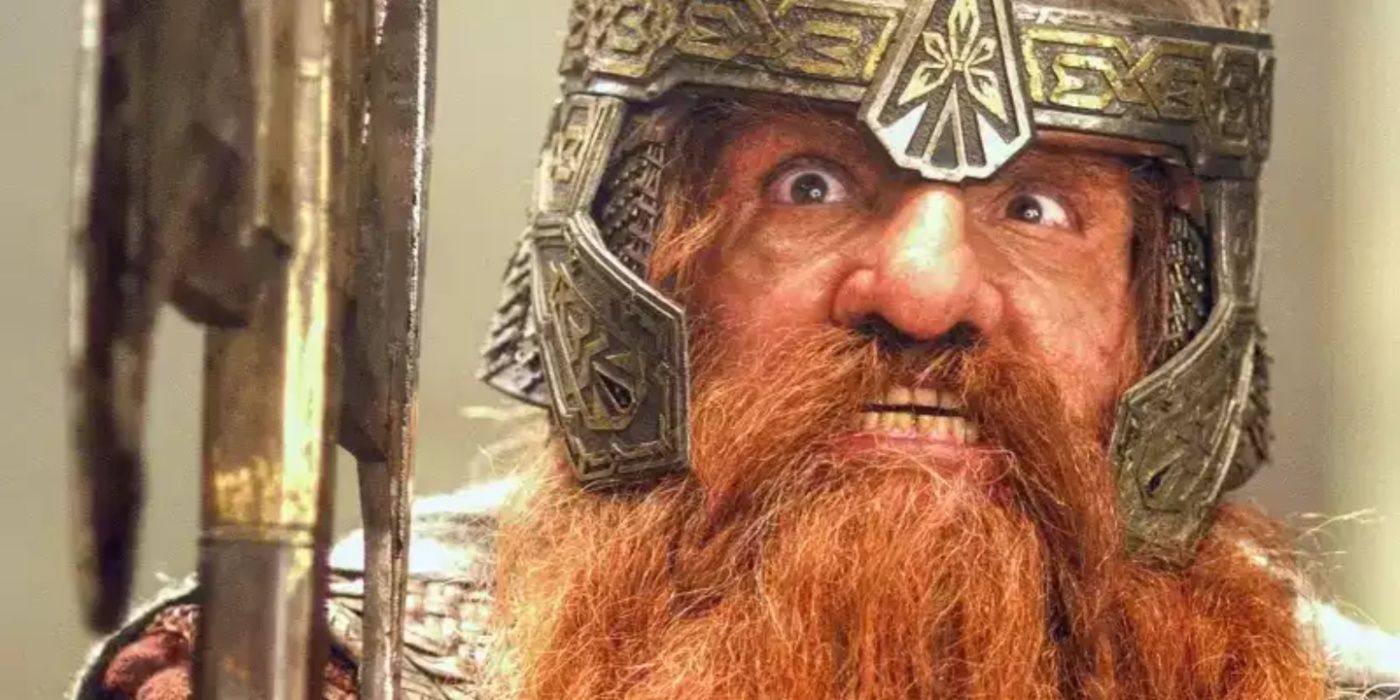
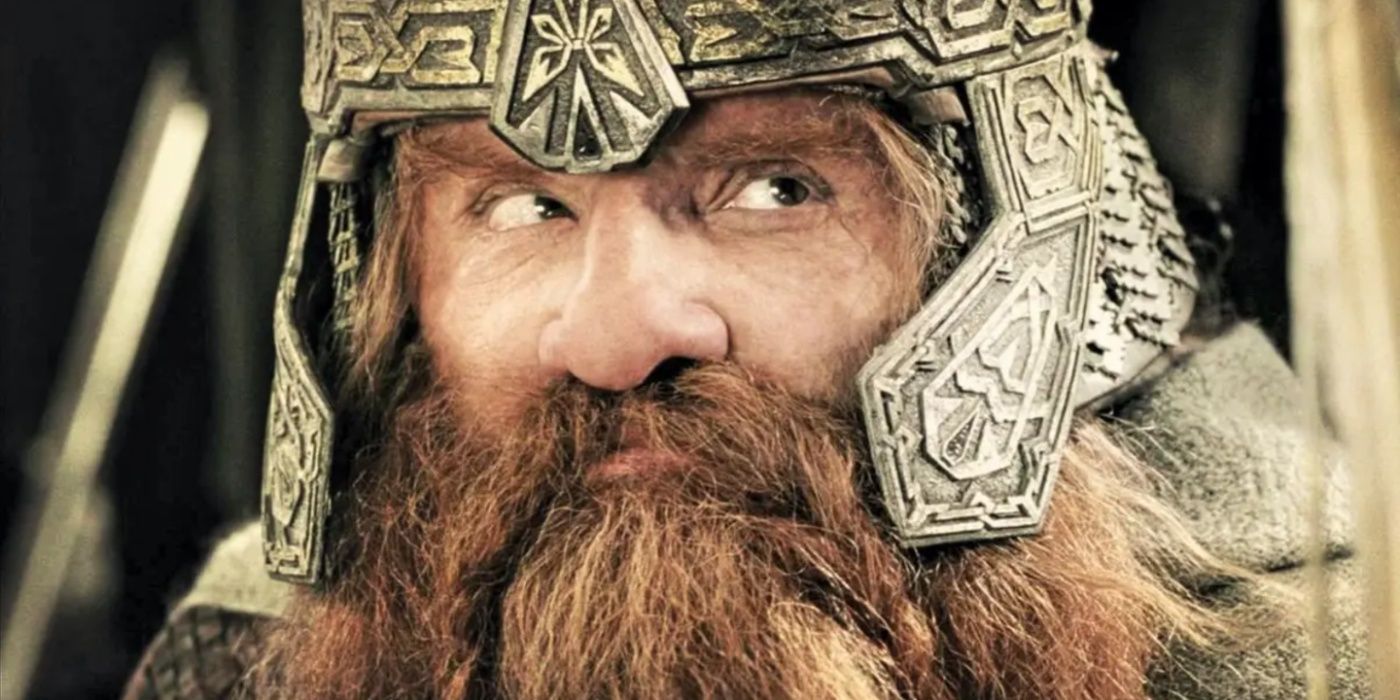






Mount Dolmed’s name meant “Wet Head” in Sindarin, but Tolkien did not provide a translation for the name of Mount Rerir.
Middle-earth had other mountain ranges named after colors: the Red Mountains, the Yellow Mountains, the Grey Mountains, and the White Mountains.
Telchar, the Dwarven smith who created Narsil, lived in the Blue Mountains.
Years later, a similar migration happened in reverse. In the Third Age, Durin’s Folk lost Moria to the Balrog and Erebor to Smaug, so many of them moved to the Blue Mountains. Among these displaced Dwarves were Thorin and most of the future members of his Company, including Glóin. In the year T.A. 2802, about 140 years before the events of The Hobbit, Durin’s Folk built Thorin’s hall in the Blue Mountains. It kept them safe and relatively comfortable, but it was not as large, luxurious, or historically significant as Moria and Erebor. It also isolated them from the rest of their clan, such as the Dwarves of the Iron Hills in the northeast.
Thorin and his people did not want to live in the Blue Mountains permanently; they were determined to reclaim their homes. Glóin’s son, Gimli, grew up in the Blue Mountains. Gimli wanted to join his father in Thorin’s Company, but the others told him that he was not old enough. In the section “The Quest of Erebor” from Unfinished Tales of Númenor and Middle-earth, Gimli told Gandalf, “I was not allowed to go on the quest: too young, they said, though at sixty-two I thought myself fit for anything.” After the unexpected success of Thorin’s Company, Gimli and his family moved to Erebor, as did most of Durin’s Folk. Only a few Dwarves lived in the Blue Mountains during and after the events of The Lord of the Rings, and Tolkien did not write that they did anything of major significance.
The Blue Mountains Were Far From Other Dwarven Lands
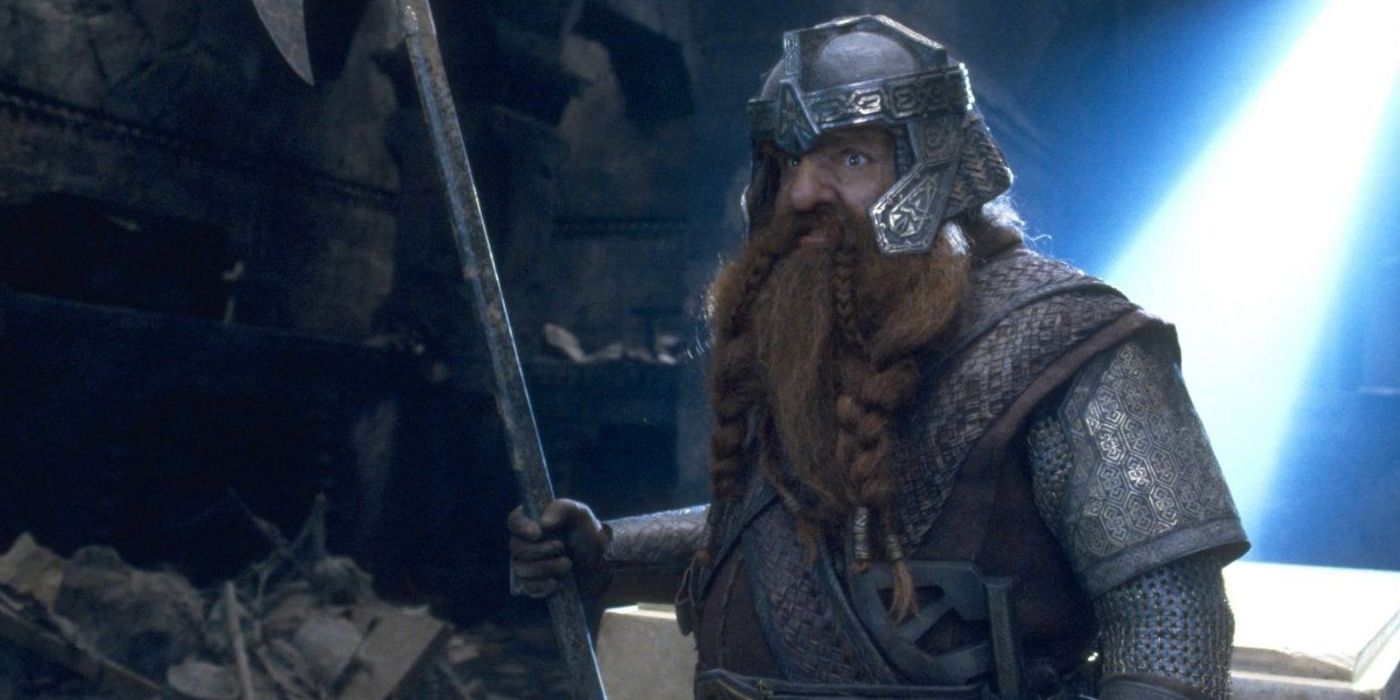
The youngest member of Thorin’s Company, Kíli, was 15 years older than Gimli.
Based on their dates of birth, Fíli and Kíli must have been born in the Blue Mountains as well.
In Jackson’s The Desolation of Smaug, Bofur said his tobacco pouch was from the Blue Mountains.
Though the Blue Mountains were far from Moria, Erebor, and the Iron Hills, they were not isolated from all of Middle-earth’s other civilizations. The southernmost section of the Blue Mountains was just west of the Shire. It is feasible that Gimli could have met Bilbo’s parents in his youth. Of course, hobbits were not known for interacting much with outsiders, but they were not entirely unfamiliar with Dwarves. In the prologue of The Lord of the Rings novel, Tolkien mentions that the hobbits of the Eastfarthing “wore dwarf-boots in muddy weather.” They likely traded with the Dwarves of the Blue Mountains for these articles of clothing. Hobbits were not their only neighbors, as the Elven realm of Lindon lay on the other side of the Blue Mountains. The Grey Havens from which Frodo departed for the Undying Lands at the end of The Lord of the Rings were on the Gulf of Lhûn.
Gimli did not seem to care about his birthplace. He never mentioned the Blue Mountains in either the novel or film versions of The Lord of the Rings, and he did not return there after the War of the Ring. Instead, he established the Glittering Caves in the White Mountains and eventually went to the Undying Lands. This is not because he lacked sentimentality; rather, he cared much more about his ancestral homelands than his personal birthplace. He waxed poetic about Moria and the Misty Mountains since Durin’s Folk originated there. Dwarves were a proud people with a rich history, and even though Gimli was born so far away from the rest of his clan, he did not lose his Dwarven roots.





